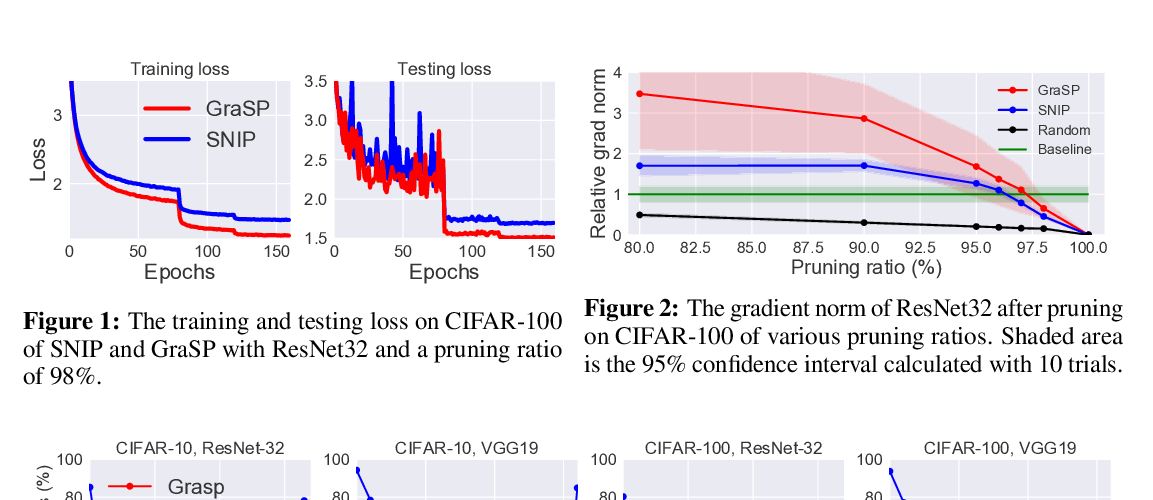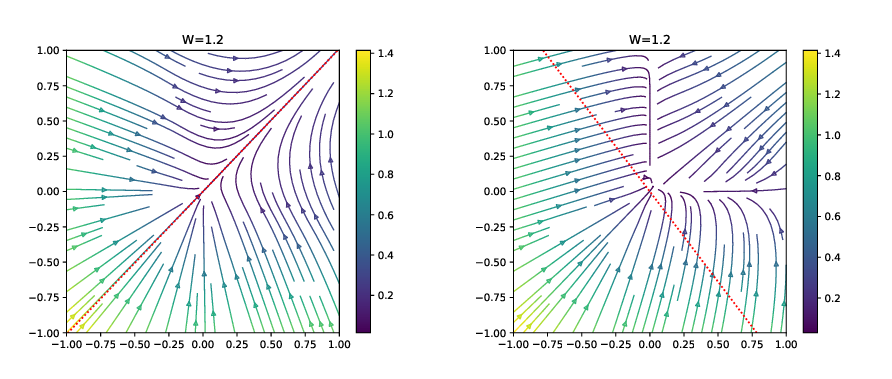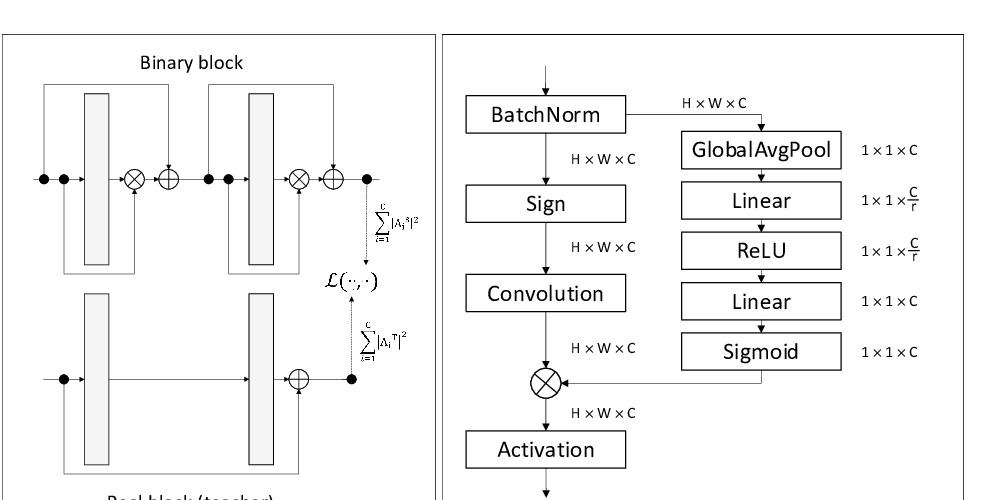Abstract:
Over-fitting and over-smoothing are two main obstacles of developing deep Graph Convolutional Networks (GCNs) for node classification. In particular, over-fitting weakens the generalization ability on small dataset, while over-smoothing impedes model training by isolating output representations from the input features with the increase in network depth. This paper proposes DropEdge, a novel and flexible technique to alleviate both issues. At its core, DropEdge randomly removes a certain number of edges from the input graph at each training epoch, acting like a data augmenter and also a message passing reducer. Furthermore, we theoretically demonstrate that DropEdge either reduces the convergence speed of over-smoothing or relieves the information loss caused by it. More importantly, our DropEdge is a general skill that can be equipped with many other backbone models (e.g. GCN, ResGCN, GraphSAGE, and JKNet) for enhanced performance. Extensive experiments on several benchmarks verify that DropEdge consistently improves the performance on a variety of both shallow and deep GCNs. The effect of DropEdge on preventing over-smoothing is empirically visualized and validated as well. Codes are released on~https://github.com/DropEdge/DropEdge.



